Enrolling a PowerG Sensor to a DSC PowerSeries NEO
Related Products
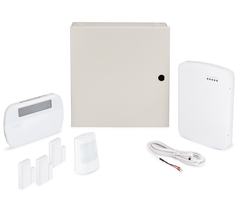
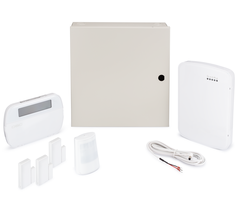

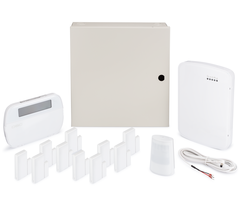
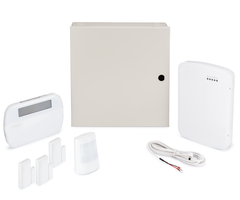
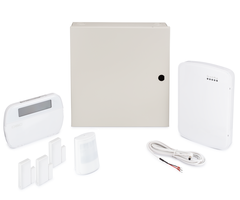
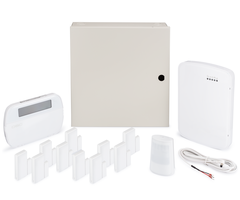
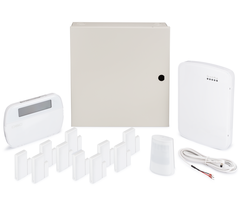
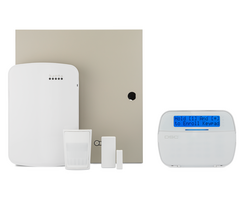
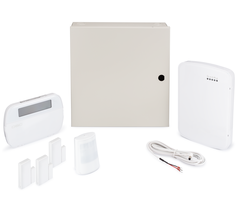
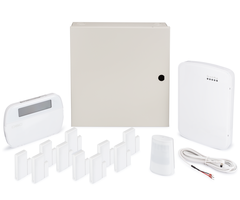
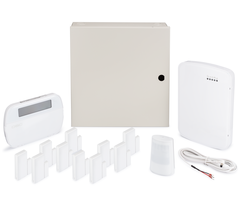
Related Categories
Description
In this video, Michael from Alarm Grid shows you how to enroll a PowerG Sensor with a DSC PowerSeries NEO Security System. PowerG Sensors are widely considered to be some of the best wireless sensors available for use with alarm systems. They can be used from up to 2km away from the transceiver when used with the NEO in an open air environment. They also utilize military-grade 128-bit AES encryption, which makes them virtually impossible for others to hack or takeover wirelessly. With their fantastic range and excellent security, these are truly top-of-the-line sensors.
To start using PowerG Sensors with a DSC PowerSeries NEO, you must add a PowerG Transceiver to the system. The most common option is to just get a DSC HS2LCDRF9 N Keypad, which includes an integrated PowerG Transceiver. It is also possible to use a DSC HSMHOST9 Standalone PowerG Transceiver for this job. When pairing the sensors, it is recommended that you perform an auto-enrollment. This will prevent you from entering an incorrect or invalid Serial Number, and it will provide you with the assurance that the sensor is indeed communicating with the system properly.
One very important part when configuring the wireless system zone is setting the Zone Definition. This is the setting that tells the system how to respond when the sensor is faulted. You must make sure that this setting is correct, or else your system will not work how you want it to. Each Zone Definition setting has its own 3-digit code that is entered when assigning the selection in sensor programming. A complete list of Zone Definitions for the DSC PowerSeries NEO is found inside the reference manual that comes included with the system. It is recommended that you test any new sensor after programming to ensure that it works properly.
https://www.alarmgrid.com/faq/how-do-i-enroll-a-powerg-sensor-to-a-dsc-powerseries-neo
http://alrm.gd/get-monitored
Transcript
Hi, DIYers. This is Michael from Alarm Grid. And today, I'm going to be showing you how to add a wireless PowerG sensor to your DSC PowerSeries Neo security system. Now, the PowerG sensors are the only wireless sensors that can be used with the Neo. And if you want to start using PowerG sensors with your Neo, then you must add a PowerG transceiver to the Neo system. You have a couple of options available. In our case, we're using a keypad with a built-in PowerG transceiver. This keypad is the DSC HS2LCDRF9 N keypad. And this is actually what we recommend as the initial keypad for your Neo system. It's an alphanumeric keypad, so it can do programming. And the fact that it includes the built-in PowerG transceiver, it's really nice, so that way, you're not just limited to using hardwired zones on your Neo system. The other option, you can get a standalone PowerG transceiver module. It's called the DSC HSM2HOST9. So if you already have a keypad and you just want to get a standalone transceiver module, that's a good option. The PowerG sensors, they can do-- they have a communication range of up to two kilometers away from the Neo transceiver in an open air environment. Remember that large metal objects or thick metal walls or stone walls, thick walls, can reduce wireless range significantly. So keep that in mind. There is a PowerG repeater. The PG9920. If you're having some range issues, that can certainly help. And the sensors use military grade 128-bit AES encryption. So they're virtually impossible for others to hack or take over or disrupt their signal. So they're extremely secure. So you can feel very good about using these sensors on your system. But I'm going to get into programming on our Neo system. We're using an alphanumeric keypad, the one with the built-in transceiver, like I mentioned earlier. And I'm just going to show you how to do it. So now we're at the main screen of our DSC PowerSeries Neo alphanumeric keypad. So the first thing we're going to do, we're going to get into programming by pressing star eight. And then is going to ask us for our installer code, which ours is the default 5555. And then we're going to enter in programming field 804. And it's going to give us the option to auto-enroll our device, which is the one we want. So we're going to press start. And now it's going to ask us to activate our sensor. So it's sending a transmission to the transceiver. So that way, it knows to auto-enroll it. So we have a DSC PG9914 motion detection sensor. And the way this enrolls is with an enrollment button. And PowerG sensors, they use a lot of different methods for enrollment. So be sure to refer to the manual for your PowerG sensor to determine how this one enroll-- how yours enrolls. I'm just going to show you this one for our example here. We insert the battery to power it on. And then we have to press this enrollment button. If you have large hands, you might need a screwdriver or something to press it. But might my fingers are small enough to fit in there, so I'm going to press and hold it until the LED light turns solid orange. And then I release it, and it confirms the serial number on the screen. So that's good. So we're just going to press star to continue. And now it wants us to choose a wireless zone for the sensor to enroll to. It's going to give you the first sensor zone available, the first zone available automatically. But you can enter in a different one if you want to. In our case, we're fine with 009. Remember that zones are expressed in three digits on the Neo. So we're fine with that. We'll just go with star. And now we need to choose our zone definition. This is going to affect how the system responds when the sensor is faulted. In our case, we have a motion sensor. Let's say it's an interior motion sensor. So we'll choose 004. And remember to refer to the Neo manual if you aren't sure about a zone definition. You can find all the zone definitions listed in the manual. So find the one that works for you. And now we're toggling partitions. So what you can do, you can use the arrow buttons to scroll between different partitions. You see that we have a partition one is set to Y for yes, whereas the other ones are set to no. If we wanted to toggle them, we can press the star key, and that will toggle between Y and N. But we want to leave all of ours set to know except for partition one, which we do want to press yes. And then we press the pound key to continue. Usually that key would take you back, but for this menu, it takes you to the next one. So we'll press pound. And now we're programming the zone label. And now, this is actually easier said than done on the Neo. It does have a convoluted process here. So just to give you a quick overview. You use the arrow keys to scroll between different letters here. I like to use a word entry program that you can do on here to quickly do this. But I'm just going to show you how to clear out the letters first. You press the zero key if you want to delete everything. So let's say we wanted to clear out all the letters. We're just scrolling through them, and we're getting the cursor under the letter. And we're just pressing-- we're pressing zero to delete them all. And there. So now we have our zone label completely cleared. And we're going to press star first to give us various options. And we're going to use the word entry option, then we're going to press star again. And we can scroll between different words here. So the 001 through 193 are words, and then 194 through 238 are symbols. So I recommend staying between 001 and 193. If I enter in 050, for instance, then I'll be able to jump around, and I can try and find the one that works best. So let's say I wanted to call it bedroom motion. Let's go with that. So we're going to start over one, [INAUDIBLE] go to one. We're going to skip ahead, actually. We're just going to-- OK, so we're looking for bedroom here, just to give it a good one. That was it right there, bedroom. I think I just passed it. That's one thing. If you were close to it, then just scroll until you find it. We were pretty close. There we go, bedroom. So we have that displayed. We'll choose star to confirm it. And then if we want to make a space, we just press over twice. And then let's say I wanted to do motion. We'll do the word entry option and we press star and then star to confirm that we do want to do an entry for that. So let's start at 80. Maybe that'll get us a little bit closer. Freeze. Not quite as close as I'd like to be. Let's go to 100 and see if we're any closer. We're not looking for invalid. So let's try 120. See if that gets us-- medical is pretty close in terms of alphabetized. So we'll just scroll a little bit until we get to motion. And it turns out it's 125. So we'll do bedroom motion. And that seems like a pretty good zone label to me. So we're going to press the pound key this time to confirm again. And that's all you need to do. Now it's asking us to do the next zone, which we don't need to do. So we have our sensor enrolled with the system. We can exit via pressing the pound key repeatedly. And we're back at the main screen. So that's how you would enroll a wireless PowerG sensor with a DSC PowerSeries Neo security system. If you have any questions about the PowerSeries Neo, or about PowerG sensors, or PowerG transceivers, or about alarm monitoring, send an email to support@alarmgrid.com. If you found this video helpful, make sure to give it a thumbs up below to like the video. And remember to subscribe to our channel for updates on future videos. Hope you enjoyed the video. Thank you.
- Uploaded



